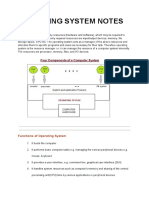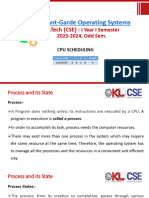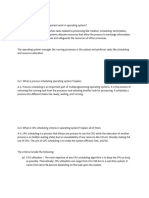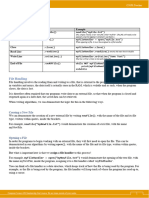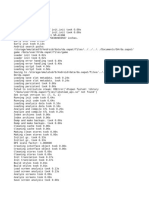0% found this document useful (0 votes)
48 views3 pagesCPU Scheduling in Operating Systems
what is CPU Scheduling in Operating Systems
Uploaded by
Abu SufianCopyright
© © All Rights Reserved
We take content rights seriously. If you suspect this is your content, claim it here.
Available Formats
Download as PDF, TXT or read online on Scribd
0% found this document useful (0 votes)
48 views3 pagesCPU Scheduling in Operating Systems
what is CPU Scheduling in Operating Systems
Uploaded by
Abu SufianCopyright
© © All Rights Reserved
We take content rights seriously. If you suspect this is your content, claim it here.
Available Formats
Download as PDF, TXT or read online on Scribd
/ 3


















